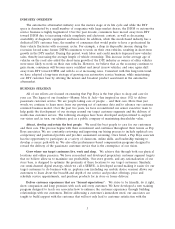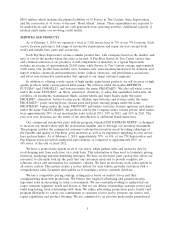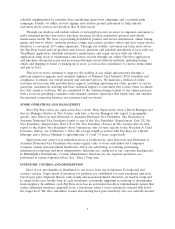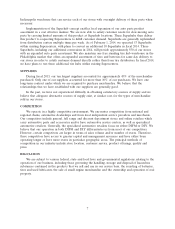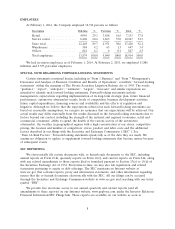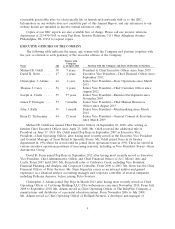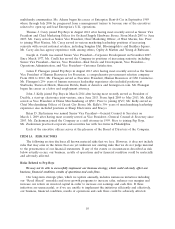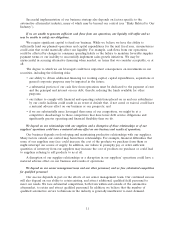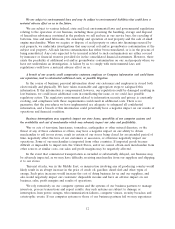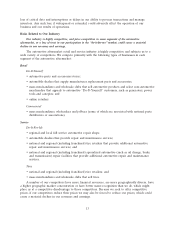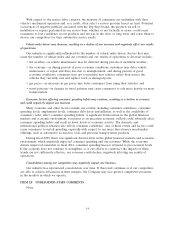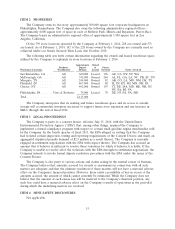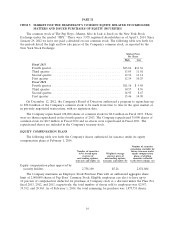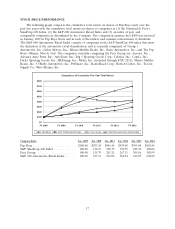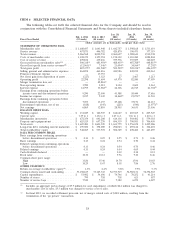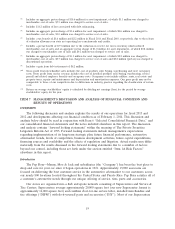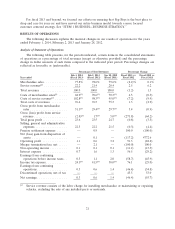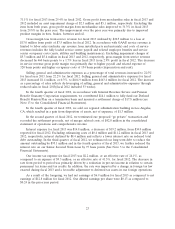Pep Boys 2013 Annual Report Download - page 85
Download and view the complete annual report
Please find page 85 of the 2013 Pep Boys annual report below. You can navigate through the pages in the report by either clicking on the pages listed below, or by using the keyword search tool below to find specific information within the annual report.loss of critical data and interruptions or delays in our ability to process transactions and manage
inventory. Any such loss, if widespread or extended, could adversely affect the operation of our
business and our results of operations.
Risks Related to Our Industry
Our industry is highly competitive, and price competition in some segments of the automotive
aftermarket, or a loss of trust in our participation in the ‘‘do-it-for-me’’ market, could cause a material
decline in our revenues and earnings.
The automotive aftermarket retail and service industry is highly competitive and subjects us to a
wide variety of competitors. We compete primarily with the following types of businesses in each
segment of the automotive aftermarket:
Retail
Do-It-Yourself
• automotive parts and accessories stores;
• automobile dealers that supply manufacturer replacement parts and accessories;
• mass merchandisers and wholesale clubs that sell automotive products and select non-automotive
merchandise that appeals to automotive ‘‘Do-It-Yourself’’ customers, such as generators, power
tools and canopies; and
• online retailers
Commercial
• mass merchandisers, wholesalers and jobbers (some of which are associated with national parts
distributors or associations).
Service
Do-It-For-Me
• regional and local full service automotive repair shops;
• automobile dealers that provide repair and maintenance services;
• national and regional (including franchised) tire retailers that provide additional automotive
repair and maintenance services; and
• national and regional (including franchised) specialized automotive (such as oil change, brake
and transmission) repair facilities that provide additional automotive repair and maintenance
services.
Tires
• national and regional (including franchised) tire retailers; and
• mass merchandisers and wholesale clubs that sell tires.
A number of our competitors have more financial resources, are more geographically diverse, have
a higher geographic market concentration or have better name recognition than we do, which might
place us at a competitive disadvantage to those competitors. Because we seek to offer competitive
prices, if our competitors reduce their prices we may also be forced to reduce our prices, which could
cause a material decline in our revenues and earnings.
13


